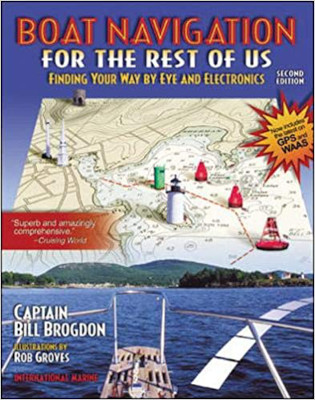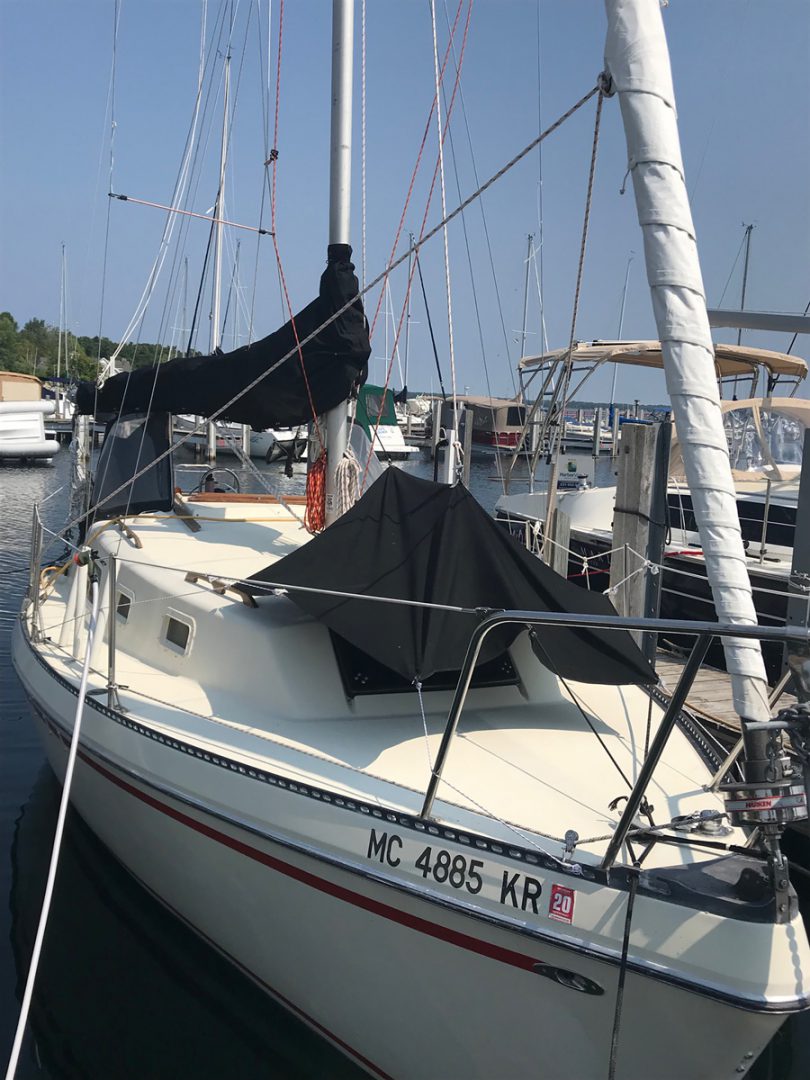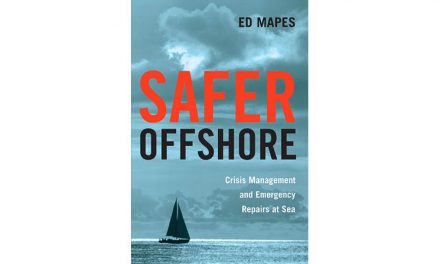 Captain Bill Brogdon intended that Boat Navigation for the Rest of Us, Finding Your Way by Eye and Electronicsteach us how to safely navigate our boats without having navigation become a chore that takes the fun out of boating. He has succeeded; and in doing so has provided a great service to boaters. We are no longer anchored by thick reference books, such as Bowditch, or chained to our navigation table (if there is one) plotting fixes or DRs every 30 minutes. He has captured the essence of how to navigate our boats safely in simple,concise words aided by well-illustrated figures. This is a book for ex perienced boaters and novices; both can learn from the captain.
Captain Bill Brogdon intended that Boat Navigation for the Rest of Us, Finding Your Way by Eye and Electronicsteach us how to safely navigate our boats without having navigation become a chore that takes the fun out of boating. He has succeeded; and in doing so has provided a great service to boaters. We are no longer anchored by thick reference books, such as Bowditch, or chained to our navigation table (if there is one) plotting fixes or DRs every 30 minutes. He has captured the essence of how to navigate our boats safely in simple,concise words aided by well-illustrated figures. This is a book for ex perienced boaters and novices; both can learn from the captain.
The book is full of useful navigation tricks and tools, such as how to use your fingers to measure angles and what those angles mean. He describes how to use your eyes to keep your boat in safe waters and easy ways to do some calculations in your head. Sections that cover the use of electronic navigation systems, Loran-C, GPS, and radar are presented in a complete, well-balanced way without being bogged down in unnecessary detail. The author teaches us how to use these electronic tools, with tricks to make navigation a joy rather than a burden, and he helps ensure that we do not follow these tools blindly onto the rocks.
There are some flaws. The excellent figures are not always referred to in the text. I would read past a section associated with a figure before noticing it. I also found the short, but comprehensive, section on compass deviation a bit confusing. This may be because I learned how to navigate using the mnemonics, “True Virgins Make Dull Companions, Add Whiskey” (going from True to Variation, Magnetic, Deviation, Compass, Add West corrections) and “Can Dead Men Vote Twice At Elections” (going from Compass to Deviation, Magnetic, Variation, True, Add East corrections).
I was hooked by the first sentence: “Navigation is the art and science of finding where we are and of finding our way safely to our destination.” This was something I have felt in my stomach (no, I was not seasick at the time). I had similar feelings throughout the book and read each sentence as if it were engraved on stone tablets. The author put into words the things I have been unable to explain to my wife, a novice sailor. She will be the next reader of this book if I can keep it from being borrowed by other boating friends. It is comprehensive but small and light enough to keep as a reference on my boat, and that is where it will be.
Boat Navigation for the Rest of Us, Finding Your Way by Eye and Electronics, Second Edition by Captain Bill Brogdon (International Marine, 2001; 220 pages)




